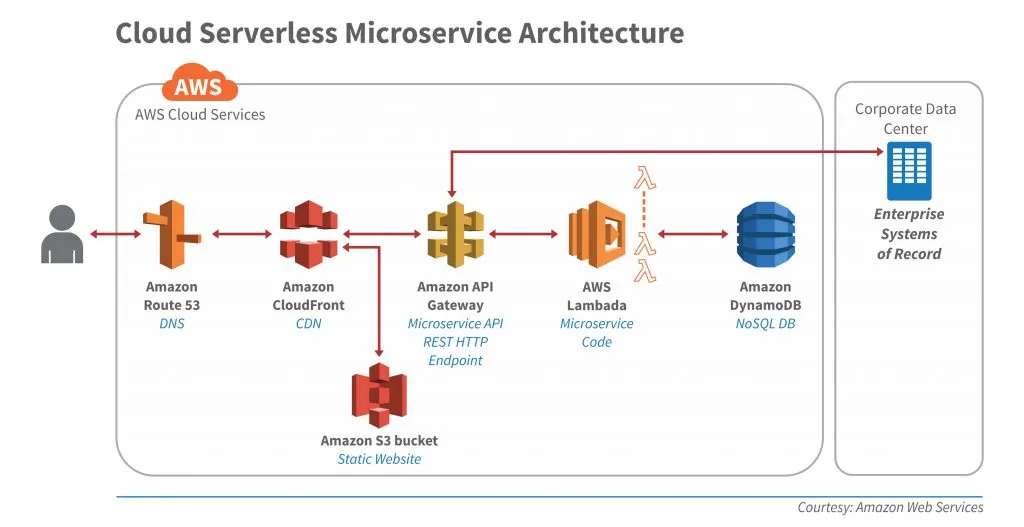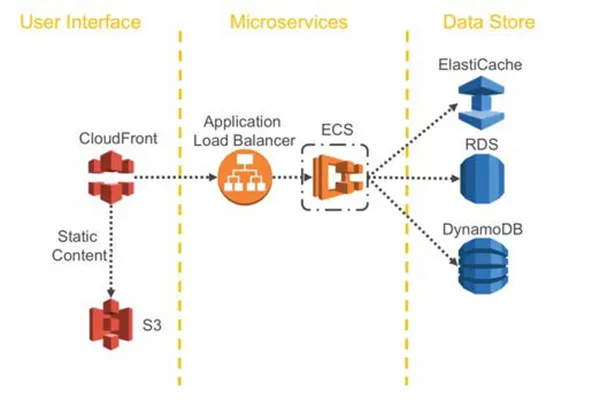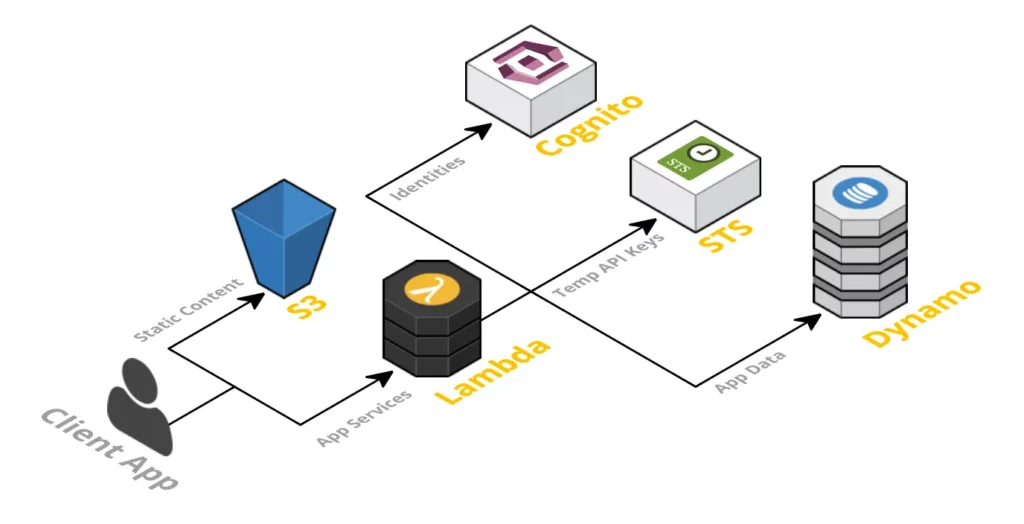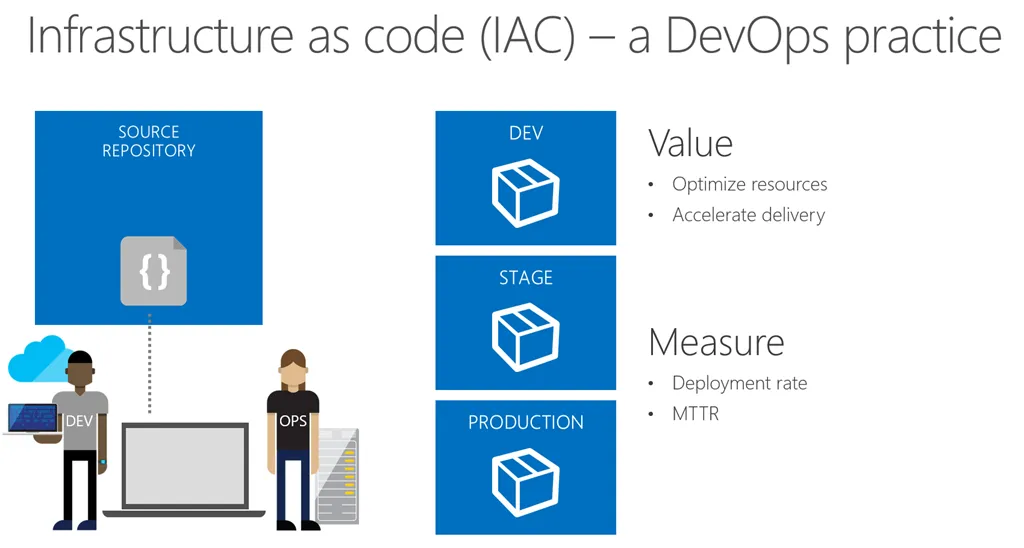Address
304 North Cardinal St.
Dorchester Center, MA 02124
Work Hours
Monday to Friday: 7AM - 7PM
Weekend: 10AM - 5PM


Microservices offer number of benefits/advantages over the traditional monolithic deployments. Due to its agility and scalability they are more in demand for AWS customers.
The use of Microservices enables your organization to build small independent teams which take ownership of their services. In the bounded context these teams act smartly, quickly and independently. It eliminates the approval cycles and ultimately increases the throughput of the organization.
The micro-teams work autonomously and choose the appropriate technologies, frameworks, and tools for their domains, which in turn is an important driver for innovation. Responsibility and accountability encourages a culture of ownership for services.
Fine-tuned decoupling of microservices is a best practice for structure large scale frameworks. It’s an essential for act streamlining since it permits picking the proper and ideal advances for a particular service. Each service can be actualized with the proper programming dialects and structures, influence the ideal information determination arrangement, and are calibrated with the best performing administration setups.
Microservices architectures make it easier to implement failure isolation. Techniques such as health checking, caching, bulkheads, or circuit breakers allow you to reduce the blast radius of a failing component and to improve the overall availability of a given application.
Serverless architecture fosters your organization to deploy and run your applications and services smoothly without a focus on configuring, scaling, maintaining, and monitor web server. Rather than using onsite servers, these remotely available servers can enhance the productivity in a modest and cost effective approach.
In other way we can say that Serverless architectures refer to applications that significantly depend on third-party services (knows as Backend as a Service or “BaaS”). AWS Lambda is the best known service under this category.
Serverless does not mean that running or executing the services without using servers. It actually means that your organization needs to buy the entire infrastructure; you can just rely on the third party services being offered by AWS. Its configuration could be understand through the below given diagram, It consists of a web server, FaaS layer, security token service (STS), user authentication and database.

By using a serverless architecture, your developers can focus on their core product instead of worrying about managing and operating servers or runtimes, either in the cloud or on-premises. This reduced overhead lets developers save their time and energy to enhance productivity as well as deliver the desired set of services.
The serverless architecture enables your organization to run your software applications without investing in onsite servers. AWS make adequate server resources available to enterprises according to their specific needs. It’s monitoring the sole responsibility of the service provider
Serverless computing is enabled by a specific category of cloud computing services called Function as a Service (FaaS). FaaS enables enterprises to build and run software applications based on serverless architecture. AWS Lambda is the perfect fit for this kind of need.
Serverless architecture does not require programmers to scale the software application, system, or container completely; they can simply scale a single function up or down to accomplish the required scalability level.
Given the number of benefits, the most important factor it has is cost effectiveness. The serverless computing concept will help enterprises to curtail cost significantly. The enterprises are not required to pay for services. They have to pay only for invoking specific functions. Hence, the cost will vary according to the execution time of functions invoked by the application.
In the most grooming software industry, staying ahead of the competition is the key. Evolving your development practices to be more agile and dexterous is necessity of the hour. By adopting agile methodologies and a DevOps culture, you can innovate faster and at a comparatively lower cost.
Below you can look at the example (figure), how Infrastructure as code (IAC) delivers value at a measurable rate.

In every industry ranging from manufacturing to FMCG, software is the key component. Building software using modern development practices, helps your organization is staying competitive. Featured AWS Partner Network (APN) Partners can help you make this journey toward improving developer productivity. It also helps to understand and quickly launch the features that your customers demand.
Rather than managing infrastructure, if your developers focus on building applications, definitely your organization will deliver innovation on a comparatively faster note.
Deploy the infrastructure you need at a rapid pace to support trialing and boost agility.
Reduces development lifecycle will in turn lowers the costs and offloading infrastructure management and maintenance tasks.
Using the traditional application development is thing of past. AWS helps you and your organization to win the race and curtail the cost of delivering services. AWS provides building blocks that you can assemble quickly to support any workload. With AWS, you’ll find a complete set of highly available services that are designed to work together to build scalable applications.
AI Testing Tools for Web Apps Best AI Testing Tools for Web Apps As enterprise applications get more complicated and automation suites contain thousands of test scripts, AI-powered tools for test Web Apps are the newest hot topic in the field of Web Applications. The key benefit of AI-powered tools over conventional tools like Selenium […]
Employee TimeCard — Remote Work — Geofencing Employee TimeCard Employee TimeCard is the perfect solution for business with ONSITE OFFSITE, and MOBILE employees where TIME and LOCATION need to be accounted. Employee TimeCard collects time and GPS location allowing employers to setup GEOFENCING and confirm the location of their employees as they work onsite, offsite […]
DevOps for Mobile Apps How to build and launch hundreds of applications in days? Software developers are often challenged with building custom apps for different markets or different industries, or different customers from a base application template. These are often developed as white label solutions. These custom apps can improve branding and customer retention. Brand […]
AI-enabled Open source Framework to optimize Machine Learning Enabling developers to train machine learning models once and run them anywhere in the cloud and at the edge. Amazon SageMaker Neo runs fast on less memory consumption, with no loss of accuracy. Challenge Machine learning offers a wide variety of benefits but it is hard for […]
ML Based 3-Stage Document Verification and Validation System using AWS Existing document verification and validation systems based on conventional programming has many limitations. However, we can introduce machine learning models to increase their accuracy and effectiveness to save time and money for all sizes of private and public entities. Introduction Traditional document verification and validation […]
DevOps – A Modern Approach to Software Delivery Technology has evolved over time. And with technology, the ways and needs to handle technology have also evolved. Last two decades have seen a great shift in computation and also software development life cycle. The key to quickly fixing delays in software development lifecycle lies in establishing […]
Exploring the Future of Web Application Development In the ever-evolving landscape of technology, web application development stands as a pivotal force driving innovation and business expansion. These applications have seamlessly integrated into our daily lives, offering versatility and convenience that positions them as the preferred choice for businesses aiming to provide a smooth and hassle-free […]

